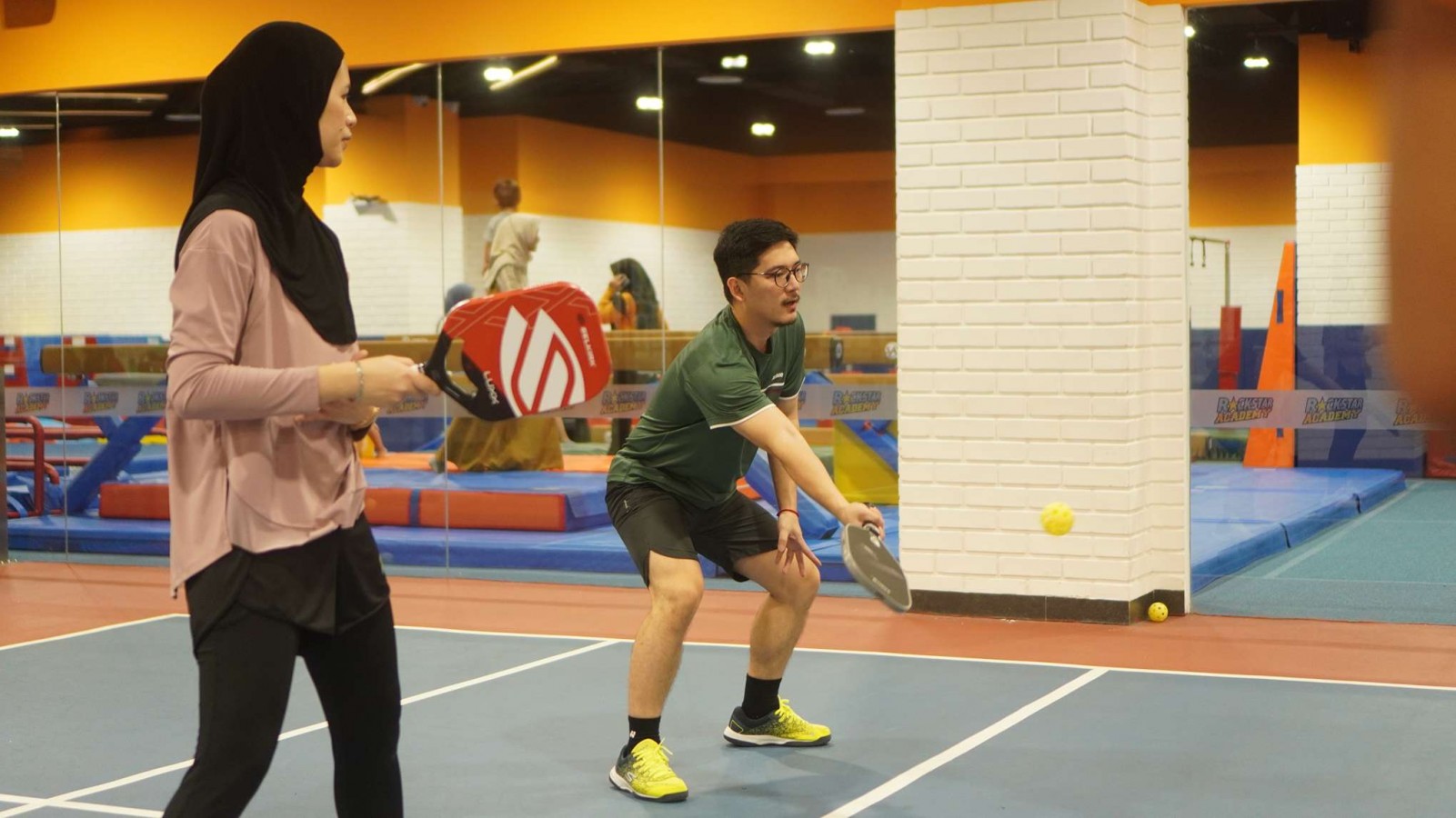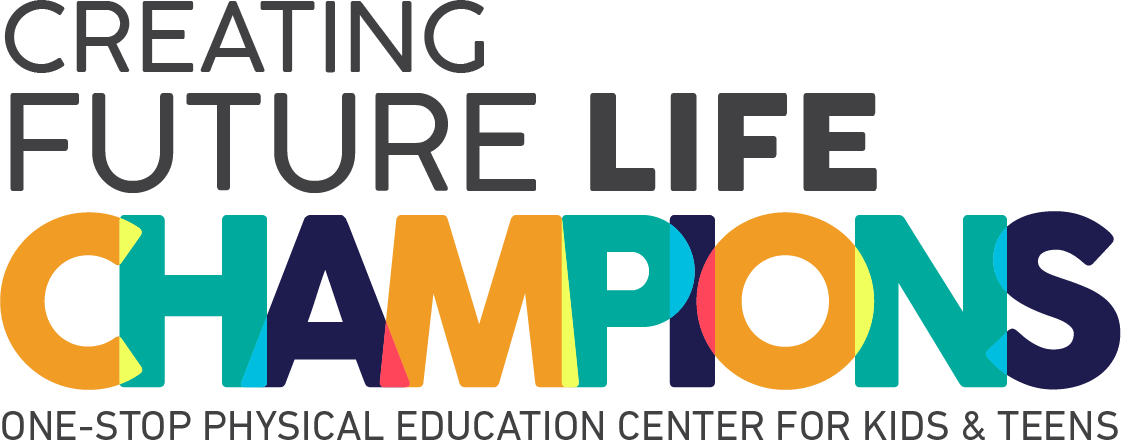Advanced Pickleball Forehand Guide and Strategy to Score

If you’re looking to elevate your pickleball game and make a powerful impact on the court, mastering the advanced forehand is a game-changer. The forehand pickleball shot, when executed with precision and strategy, can transform your play, giving you the upper hand against your opponents.
In this guide, we'll explore everything you need to know about the forehand pickleball shot, from gripping the paddle to executing winning strategies. Let’s dive in!
The Fundamentals of the Forehand Drive
The forehand drive is a key shot in pickleball that can help you control the game and put pressure on your opponents. Here’s a breakdown of the fundamentals to help you master this important move:
1. Grip
To grip the paddle, start with the eastern grip, also known as the “shake hands” grip, where the paddle face is parallel to your palm, making it feel natural and comfortable for forehand shots.
Alternatively, you can use the western grip, or “frying pan,” with the paddle head perpendicular to your palm for powerful topspin shots. The continental grip, while less ideal for forehands, offers flexibility for backhand shots.
For most players, the eastern grip is the easiest and most effective choice for managing forehand shots.
2. Stance and Body Positioning
For an effective stance in pickleball, start with your feet shoulder-width apart and parallel to the net. Bend your knees slightly to lower your center of gravity and keep your weight on the balls of your feet.
This position allows you to move quickly and stay balanced. Additionally, keep your non-dominant hand on the throat of the paddle for better control and stability. This stance ensures you’re ready to react swiftly and powerfully to incoming shots.
3. Swing
To execute an effective swing in pickleball, start with the loading phase by rotating your hips and shoulders to create torque, positioning the paddle behind and slightly above the ball with a slightly bent elbow close to your body.
As the ball approaches, step forward with your front foot, transfer your weight from the back foot to the front, and keep your wrist firm.
Make contact with the ball at the paddle’s sweet spot, then continue your swing through the ball, extending your arm fully and finishing high to maximize power and control.
4. Proper Footwork
Proper footwork is key for a strong forehand groundstroke. Right-handed players should step forward with their left foot, while left-handed players step with their right foot.
The back foot is equally important, it should be set behind you as you prepare for the shot to provide stability and balance. This setup helps you generate power and maintain control during the stroke, as seen in slow-motion videos of professional players.
Step-by-Step to Execute Forehand
Executing a forehand shot in pickleball can seem challenging at first, but breaking it down into simple steps can make it easier and more effective. Here’s a guide to help you master the forehand stroke:
A. Start in the Ready Position
Stand with your feet shoulder-width apart and knees slightly bent, keeping your weight on the balls of your feet to stay alert.
B. Setup
As the ball approaches, align your body so your left shoulder (right shoulder for left-handed players) faces the ball. Position your right hand and paddle behind you for the backswing.
C. Prepare for Contact
As the ball nears, rotate your shoulders to face the ball squarely. Step forward with your front foot to generate power.
D. Make Contact
Swing your paddle through to strike the ball with the paddle head, aiming for a clean hit at the ball’s sweet spot.
E. Follow Through
Continue your swing after contact, extending your arm fully and finishing high to ensure maximum power and accuracy. Quickly return to the ready position for the next shot.
Strategy and Tactics to Score with Forehand
When it comes to scoring with your forehand in pickleball, having a good strategy can make all the difference. It's not just about hitting the ball hard, it's about using smart tactics to outplay your opponent.
Here are a few tips to help you use your forehand effectively:
1. Targeting Weaknesses
Think of your forehand like a chess move. Focus on hitting to your opponent's weaker side, usually their backhand. By exploiting these vulnerabilities, you can force errors or set up aggressive shots.
2. Depth and Placement
Aim for deep shots close to the baseline. This forces your opponent to move farther from the net, which can limit their ability to return the ball effectively. Accurate placement can also create openings for softer shots or force mistakes.
3. Ball Control
Use topspin to keep the ball low and make its trajectory more challenging. This added spin can increase the chances of your opponent making an unforced error.
4. Variety and Disguise
Keep your opponent guessing by mixing up the pace, direction, and spin of your shots. Introducing variety helps disrupt their rhythm and makes it harder for them to predict your next move.
5. Patience and Timing
Timing and patience are crucial. Wait for the right moment to strike, such as when your opponent is out of position or has made a weak return. Proper timing ensures your drive shot is effective and can turn the tide of the rally in your favor.
Common Mistakes to Avoid
When working on your forehand in pickleball, avoiding common mistakes can make a big difference in your performance. Here are some tips on what to watch out for:
A. Over-Swinging
Trying to swing too hard often leads to a loss of control and accuracy. Instead of overcompensating, focus on smooth, controlled swings. Imagine your arm is a whip, generate power with a relaxed, fluid motion, rather than forcing it.
B. Poor Ball Contact
Hitting the ball off-center results in weak shots. Ensure you’re striking the ball with the paddle’s sweet spot by practicing proper footwork and timing. Keep your eye on the ball to make precise contact.
C. Inadequate Follow-Through
Stopping your swing prematurely weakens your shot. Extend your arm fully and let the paddle finish high and across your body. A complete follow-through adds power and control to your shot.
D. Rushing the Shot
Trying to hit the ball too quickly can lead to sloppy technique and less power. Take your time to set up correctly, focusing on your footwork, weight transfer, and paddle preparation. Remember, power comes from a well-coordinated body movement, not just arm strength.
E. Inconsistent Stance
Changing your stance frequently makes it hard to develop a consistent shot. Practice maintaining a stable, balanced stance with feet shoulder-width apart and knees slightly bent. This foundation helps in generating power and maintaining control.
Start Refining Your Forehand Today!
Mastering the advanced pickleball forehand is a game-changer for any player looking to elevate their performance. Remember, the key to a successful forehand pickleball shot lies not only in the mechanics but also in your ability to read the game and anticipate your opponent's moves.
Ready to level up your pickleball game? Don’t miss out on the free trial of the Pickleball Program at Rockstar Academy! Our pickleball class offers a fantastic opportunity to experience top-notch coaching and engaging pickleball drills designed to enhance your skills and boost your confidence on the court.
At Sports & Performing Arts Academy, we’re dedicated to providing a fun and supportive environment where you can refine your technique and enjoy the game.
Pickleball classes at Rockstar Academy offer students more than just exceptional training, they also provide the chance to compete in Elite Championships. Regular competitions play a crucial role in promoting higher standards of achievement and physical fitness.
Join us for a free trial and see firsthand why our pickleball program is the perfect place to improve your game and have a great time!
FAQ
How can I improve my forehand in pickleball?
Focus on proper grip, practice smooth and controlled swings, work on footwork for better positioning, and incorporate consistent follow-through in your drills.
How do I generate power in a forehand shot?
Rotate your hips and shoulders, step into the shot, and follow through fully.



